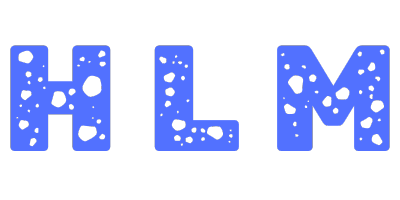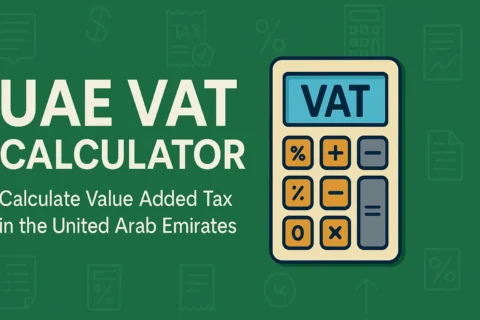JSON to XML Converter
Conversion Options
📘 What Is JSON?
JSON (JavaScript Object Notation) is a lightweight, human-readable data format widely used for:
RESTful APIs
Web and mobile app configurations
NoSQL databases (like MongoDB)
JavaScript-based data exchange
Example:
{
"user": {
"name": "Alice",
"age": 28
}
}
📜 What Is XML?
XML (eXtensible Markup Language) is a hierarchical markup language designed to store and transport structured data.
It’s often used in:
Legacy systems
Enterprise data integrations
SOAP APIs
Document-based applications
Equivalent XML:
<user>
<name>Alice</name>
<age>28</age>
</user>
🔁 Why Convert JSON to XML?
Many modern systems (web and mobile apps) use JSON, while many legacy systems, enterprise APIs, and government portals still rely on XML.
A JSON to XML Converter helps you:
✅ Exchange data between modern and legacy systems
✅ Integrate REST APIs with SOAP-based applications
✅ Convert app data to XML for document generation
✅ Submit XML-compliant forms or API payloads
🧮 How Does JSON to XML Conversion Work?
During conversion, the structure and key-value pairs of JSON are translated into XML nodes:
| JSON Component | XML Equivalent |
|---|---|
Object {} | Element with nested child elements |
Array [] | Repeated elements |
| Key-value pair | Element name = key, value = text node |
| Attributes (optional) | XML attributes using conventions like @attrName |
| Null value | Self-closing or empty tag |
🔢 Example: JSON to XML
JSON:
{
"book": {
"@id": "101",
"title": "1984",
"author": "George Orwell"
}
}
Converted XML:
<book id="101">
<title>1984</title>
<author>George Orwell</author>
</book>
⚙️ Features of a Powerful JSON to XML Converter
| Feature | Description |
|---|---|
| ✅ Attribute support | Convert @ keys into XML attributes |
| ✅ Array handling | Converts JSON arrays into multiple XML elements |
| ✅ Pretty-print formatting | Easy-to-read XML output |
| ✅ Error validation | Catches malformed JSON or special characters |
| ✅ File upload & download | Work with .json and .xml files directly |
| ✅ Two-way conversion | Includes XML to JSON support for round-trip needs |
📱 How to Use the JSON to XML Converter
Paste or upload your JSON code or file
Click “Convert to XML”
Instantly get:
XML output
Copy to clipboard
Option to download
.xmlfileToggle for attribute mode or array flattening
💡 Ideal for developers working in integration, automation, or backend data management.
🧑💻 Use Cases by Profession
| Role/Industry | How It Helps |
|---|---|
| 🧑💻 Backend Developer | Integrate JSON APIs into XML-based SOAP systems |
| 🏢 System Integrator | Bridge modern services with legacy infrastructures |
| 🩺 Healthcare IT | Convert FHIR/JSON data to HL7-compliant XML |
| 📊 Data Analyst | Export reports or datasets for XML-based software |
| 🧾 Legal & Finance | Format data for XML-based e-filing or records |
🛡️ JSON to XML Best Practices
Use
@prefix to define XML attributes clearlyAvoid using reserved characters (
&,<,>) without escapingValidate your XML output against DTD/XSD if required
Consistently format array structures to avoid ambiguous tags
Stick to lowercase keys in JSON to maintain readability in XML
🔄 Bonus: XML to JSON Included!
Need to flip it back? Our tool also includes a built-in XML to JSON converter for full round-trip data transformation.
🏁 Final Thoughts
A JSON to XML Converter is an essential tool for any developer or IT professional working across systems, formats, and generations of technology. Whether you’re syncing systems, migrating data, or building APIs—converting your data the right way ensures smooth communication and integration.
💬 Want a custom-built JSON/XML conversion module for your app or enterprise system? Let us know—we specialize in integration tools and API bridges.

